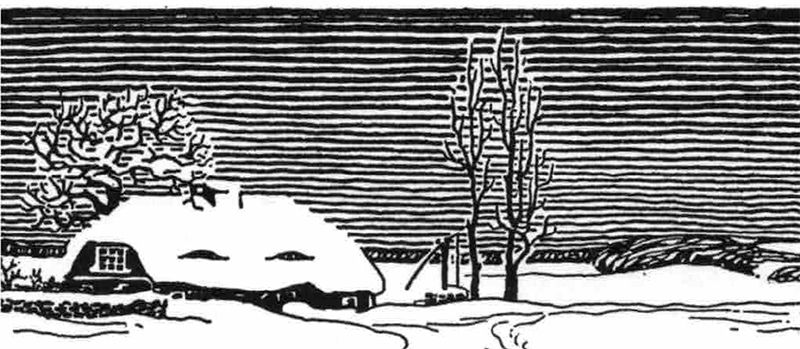Christmas at the North Pole
by Diana Loski

While most children would dream of going to the North Pole at Christmastime, it is actually not the best place to spend the holidays. A century ago, a crew of mostly Norwegian scientists and sailors endured several Christmases at that spot.
In June 1922 the Arctic and Antarctic explorer Roald Amundsen set off with his crew aboard the 800-foot schooner, Maud. He purchased the ship in 1917 for the purpose of experimentation in the arctic region, hoping to find a possible open waterway in the far north, from the Bering Sea to Greenland. The crew would also perform many experiments to aid weather forecasters with the climate.
Knowing that Christmastime was especially hard on his men, as they were away from families and loved ones for so long, Amundsen planned ahead. Hoping that the voyage would last several years, he alerted the families of his crew to wrap gifts for seven holiday seasons, along with letters and cards. In addition to the family members, people from the United States and Scandinavia donated gifts and wrote letters to them, showing their appreciation.
Christmas Day 1923 was the crew’s second holiday away from home. It was a dreary time for them, as they were stuck in the ice, and plunged in total darkness for the entire day. Above the Arctic Circle at Christmastime, there are six days without sunlight, and the men were in the middle of that time.
A journalist wrote of the men’s ordeal from Nome, Alaska, describing their plight: “If there ever were a dreary setting for Christmas Day, it is the one of maddening cold and trackless icy wastes surrounding the crew of the 800-foot schooner, Maud, who has sacrificed the comforts of home and civilized world in the interests of that stern goddess, science.”
Amundsen was not aboard the schooner on that particular day in 1923 – he was in the United States procuring more supplies. He later flew through an arctic storm, landing on ice to join his crew after the holidays.
On Christmas Day 1923, trapped in ice at the North Pole, the captain had festively decorated his cabin, called the small crew inside, and unsealed the box that read: “To be opened on Christmas Day 1923.” Letters from home were read and gifts were opened, much to the delight of the crew.
Because of the unknown nature of the expedition, the men on the Maud knew that some danger was involved, and it was possible that they might not survive the ordeal. “They have given up everything” wrote the compassionate journalist, “that a world may profit from their sacrifice.”
Fortunately, though the crew had yet another Christmas at the North Pole in equally disagreeable circumstances, they did survive and returned home in the summer of 1925. They did not find a route to Greenland from the Bering Sea – as one did not exist – but other experiments on the climate were successful.
The Maud was sold and sent on successive explorations, and was sunk in an ice storm in 1930.
The plight of the crew one hundred years ago was somewhat akin to that of the soldiers during the Civil War, who left home for four years, some never returning. For them and those who missed them, the holidays were a difficult time. Like the crew of the Maud, Civil War soldiers received parcels and gifts from their families – the first time in U.S. history that such a massive effort though the mail had been attempted.
While prolonged separations from loved ones are never ideal, Christmastime is particularly difficult, as it is a time for gathering, for festivities, and for reunions.
Whether one is at the North Pole or farther south, the holidays are lonely when away from home. For those who sacrifice today, as they did aboard the Maud in 1923, and during the dark years of 1861 to 1865, our hearts go to them, and we too wish them well, grateful for their service.
Sources: Grun, Bernard. The Timetables of History. New York: Simon & Schuster, 1991, pp. 489-495. The Gettysburg Times, “Christmas Boxes for Six Years On Board the Ice-Bound Maud” wired on Dec. 23, 1923 from Nome, Alaska.
Roald Amundsen died in 1928, in the arctic region, in a rescue attempt for a crew who had crashed in the sea. His plane crashed in the Barents Sea. It was after his death that his ship, Maud, was sold to another. Quotes used in the article are found in The Gettysburg Times, Dec. 23, 1923.


